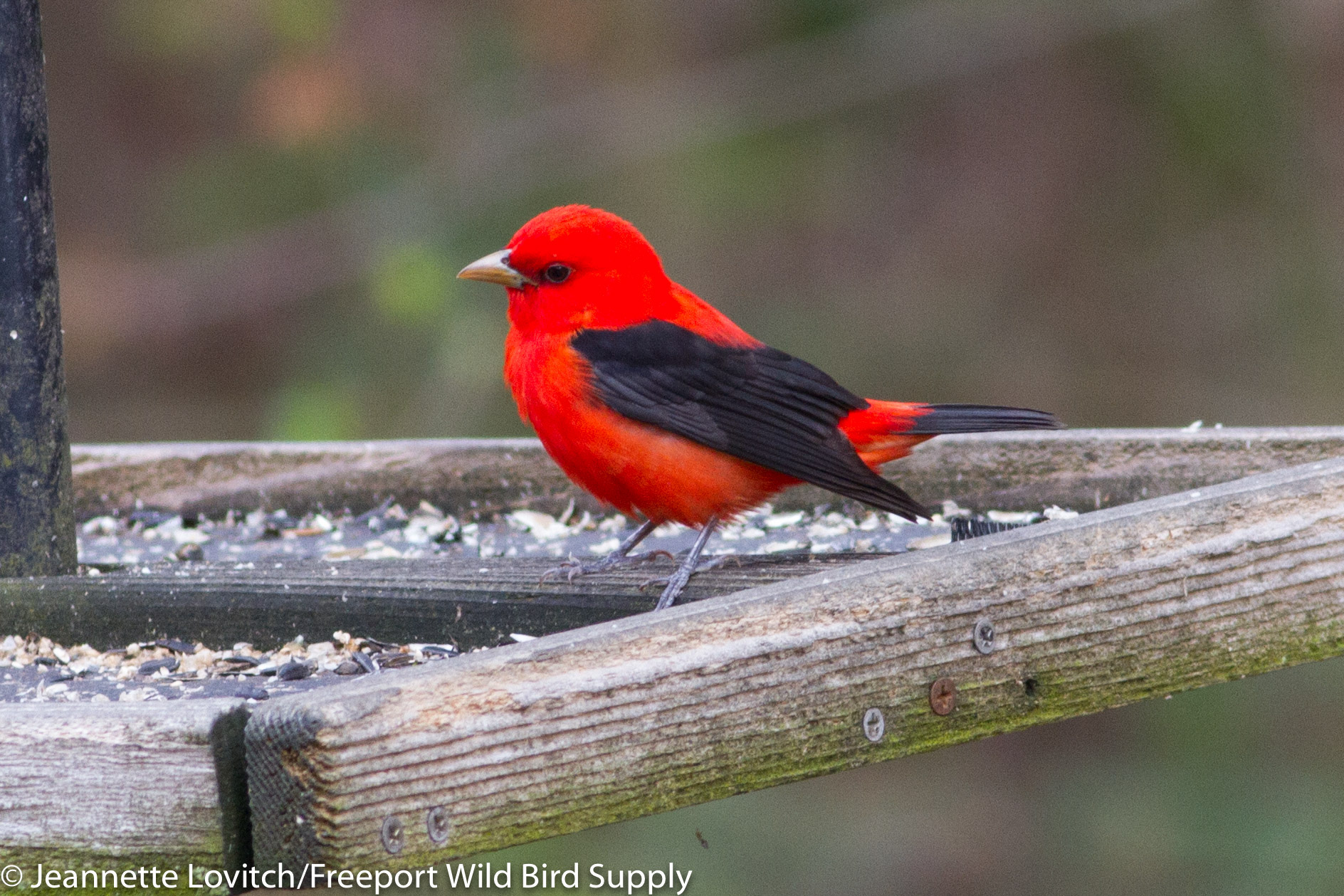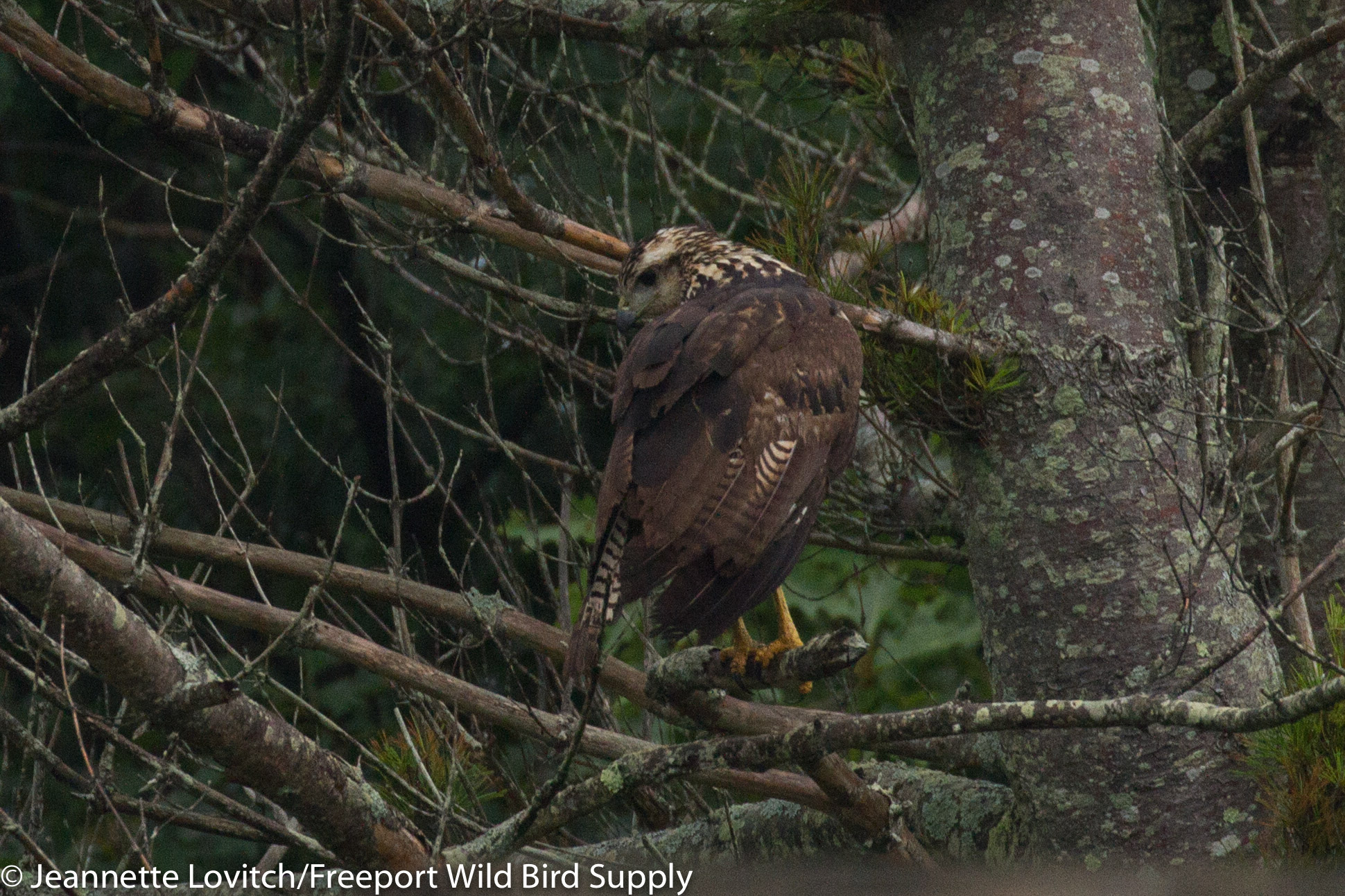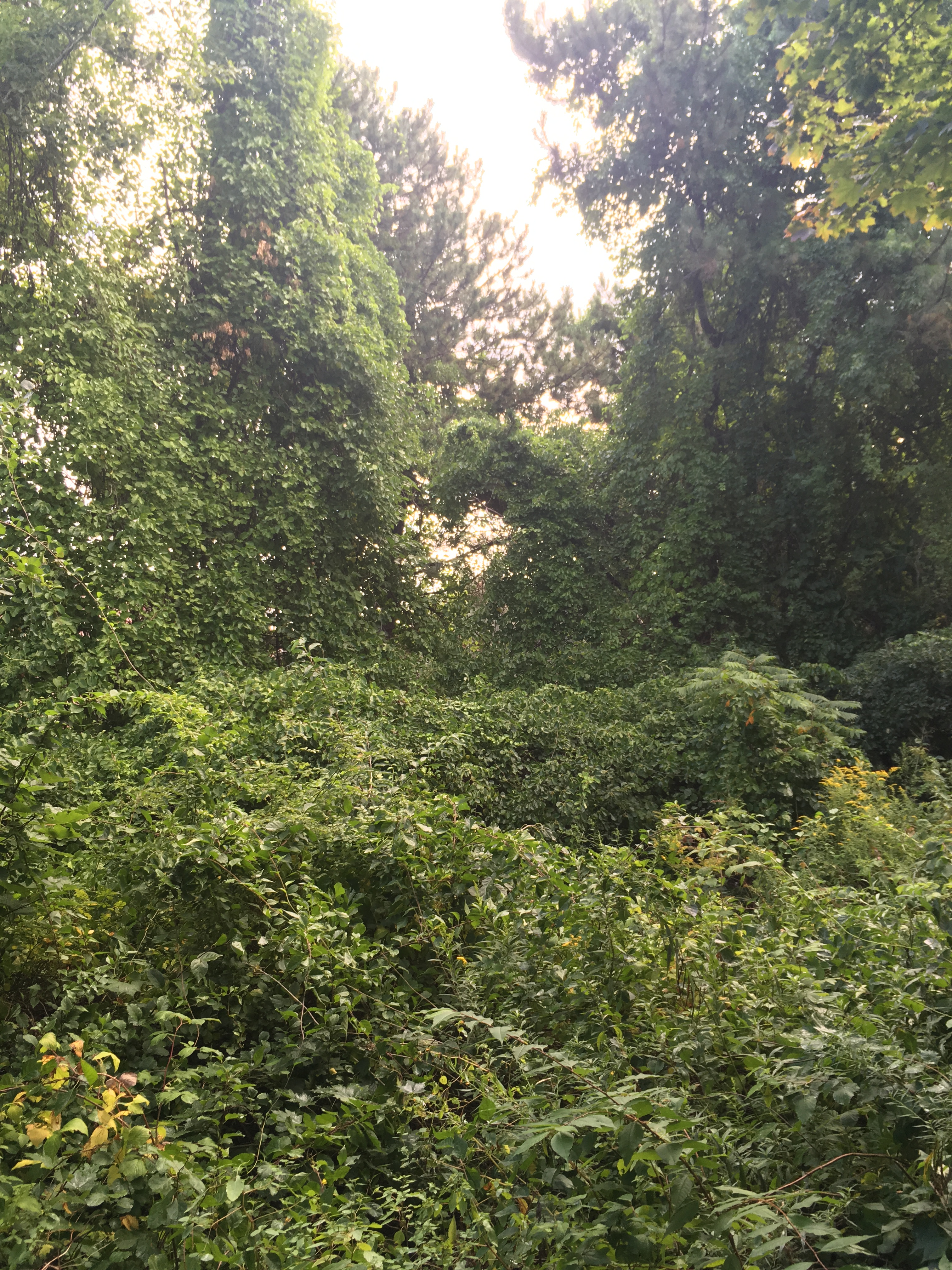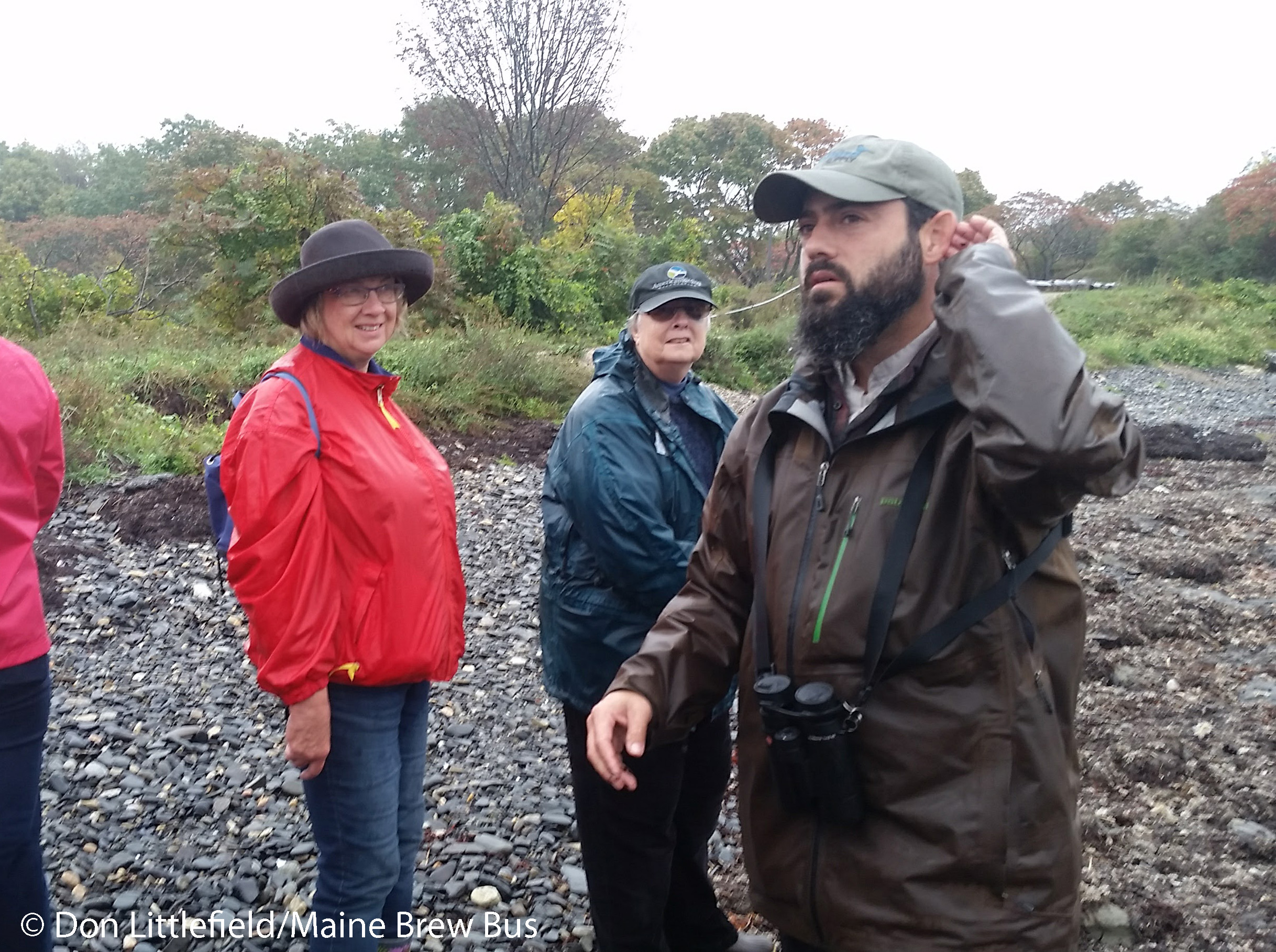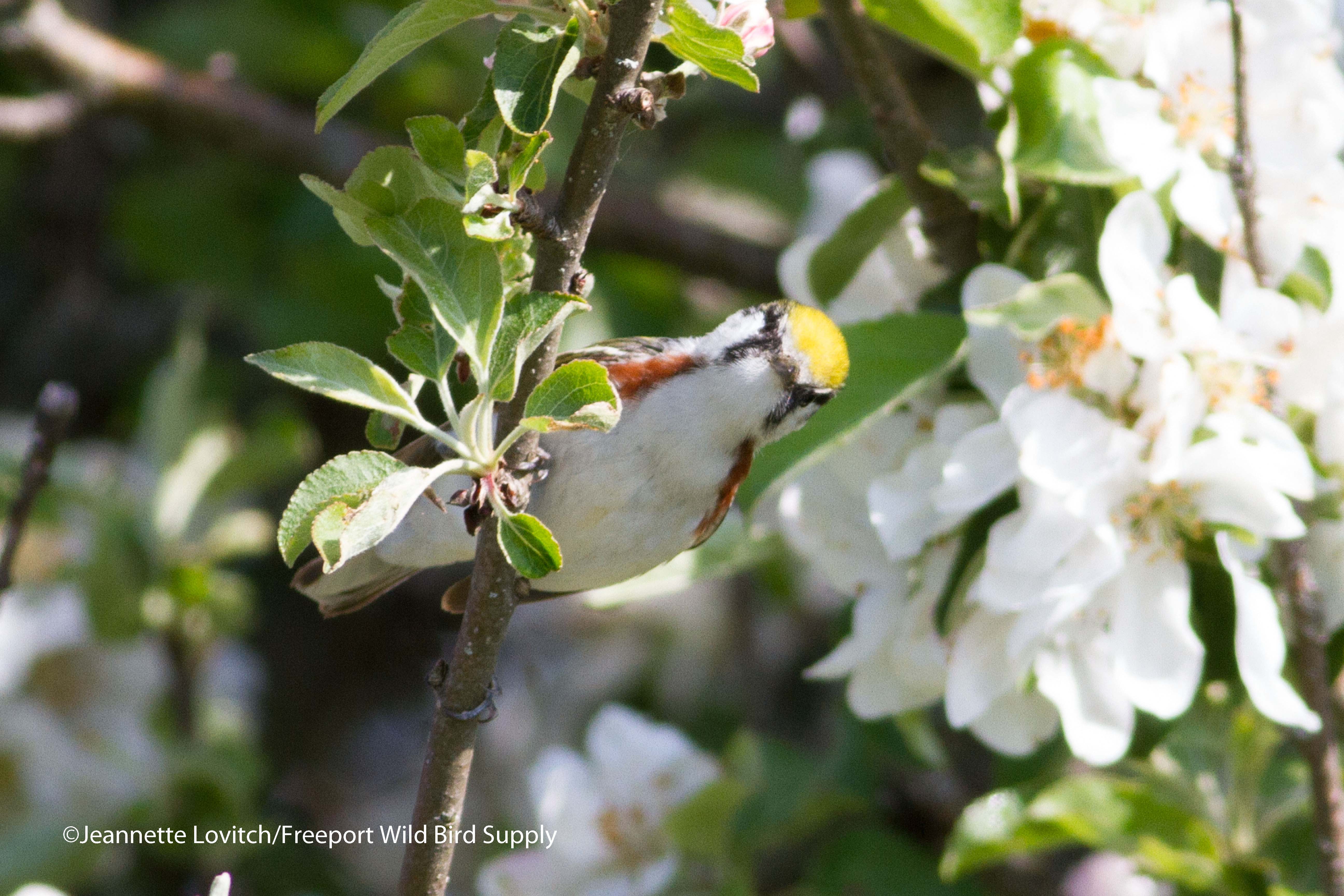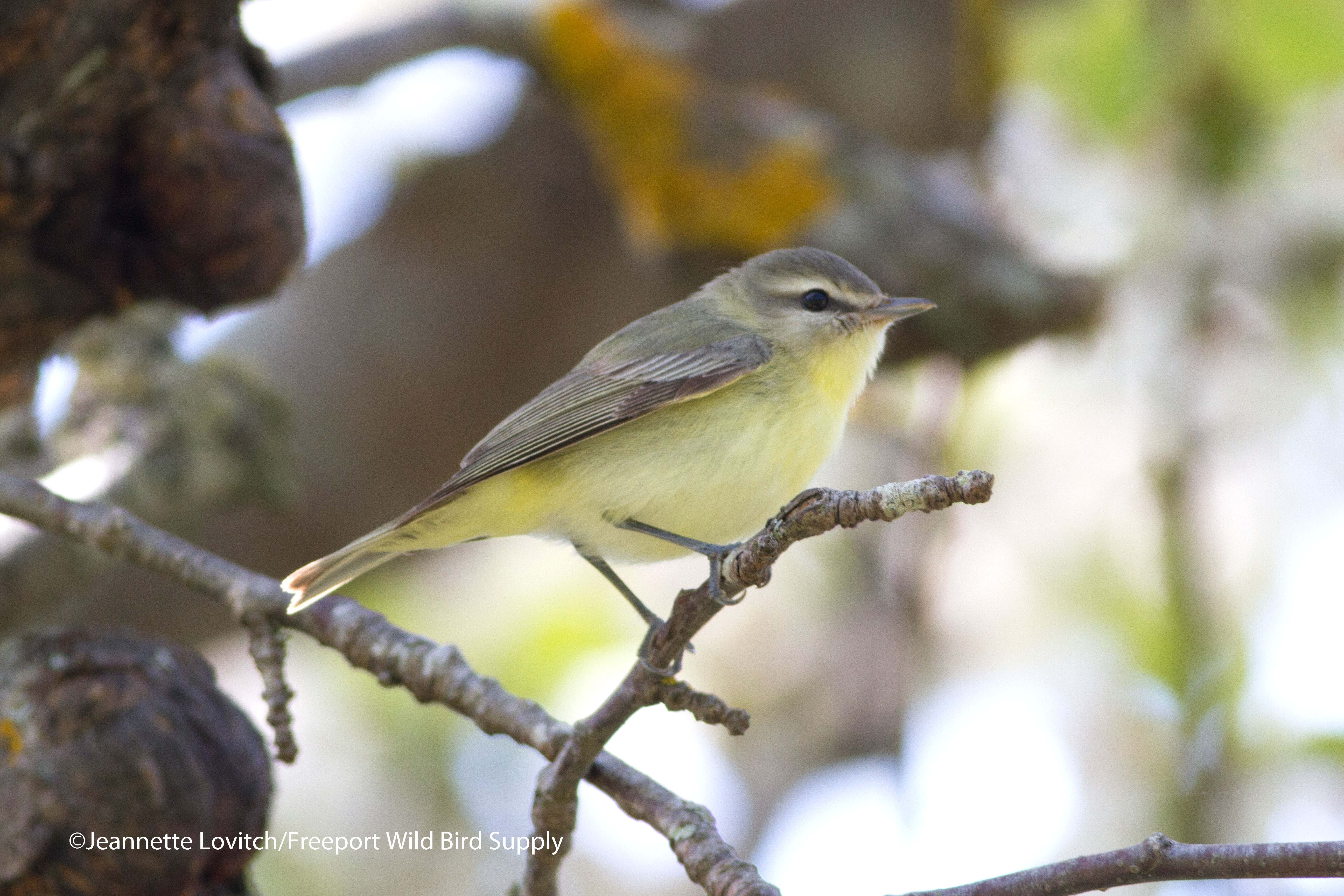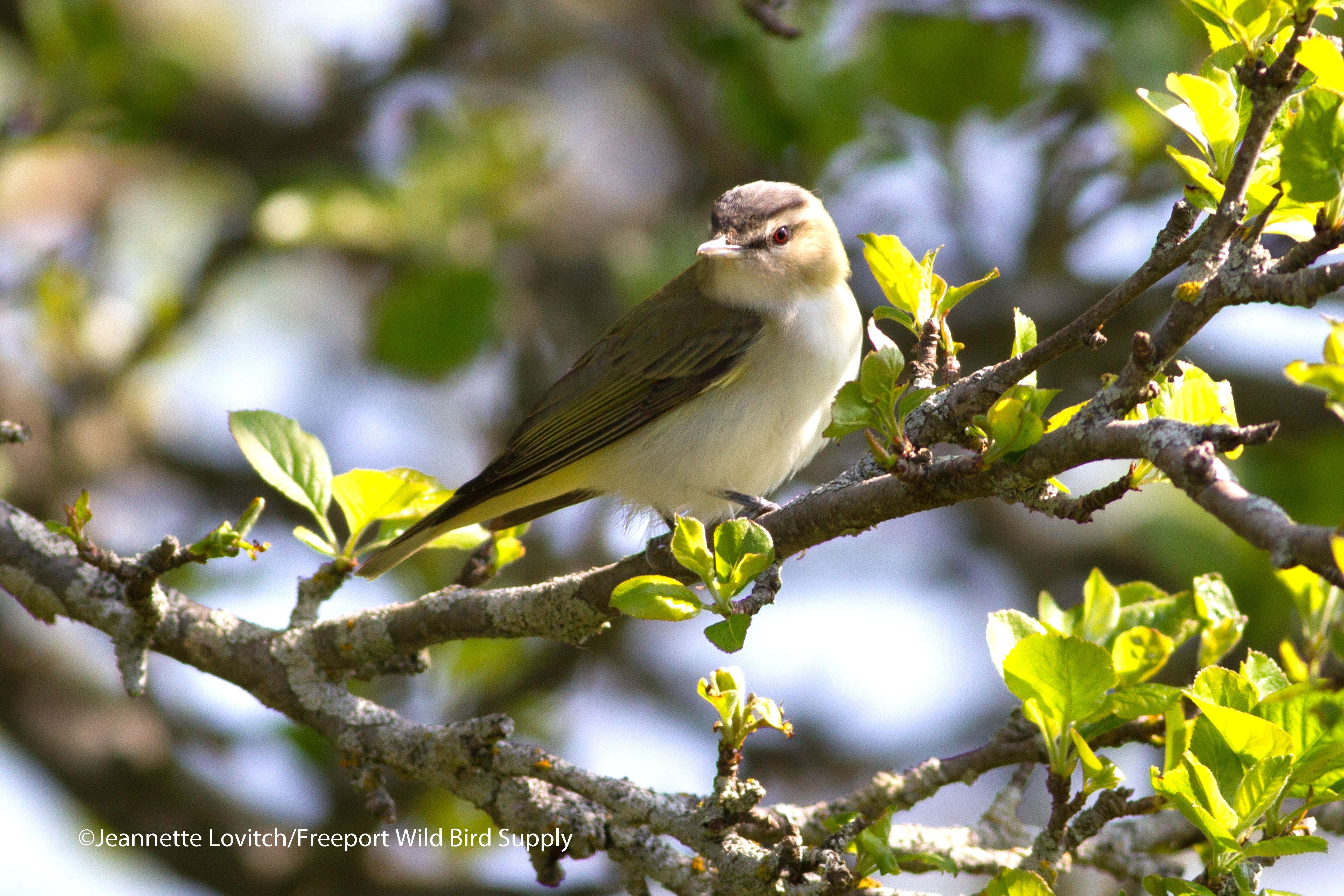
The huge waves of Pine Siskins that moved through in October have been replaced by smaller, more widely dispersed groups. Very few are making their way to feeders, however, as they have been finding an abundance of favored natural food sources, such as Northern White Cedar.
Late in September, I posted a blog summarizing the various factors that were resulting in numerous, often panicked, reports of “no birds” at feeders, or otherwise significantly reduced activity. While I added a few updates to it over the past couple of months, now that it’s early December and some folks are still reporting reduced or little feeder activity, I thought it would be worth checking back in on the situation.
It’s important to understand the factors affecting this season, so I encourage you to refresh your memory of our last discussion by rereading the previous blog and the short updates at the end.
As for the current conditions here in Maine, it’s finally gotten colder (mostly), and much of the state has some snow on the ground (at least for now). In fact, overall November was below average, so a “mild” fall as a limiting factor for how many calories birds need via supplemental food is not much of an issue anymore.
It’s not surprising then that over the past few weeks, we have had numerous reports of “the birds are back!” and other noticeable increases in activity. Overall, our weekly seed sales are now nearly double what they were just one month ago, for one example.
But what has not changed is the overall plethora of natural food sources (especially the massive mast of Eastern White Pine) and, for the most part, the overall lack of irruptives from points north so far (at least at feeding stations). Let’s break it down again.
- New arrivals.
Facultative migrants and short-distance migrants, such as White-throated Sparrows and Dark-eyed Juncos are now mostly in their winter territories, although numbers will ebb and flow with snow depths. Same for American Tree Sparrows, which are only now arriving in yards. Their delay in showing up at feeders was due to natural food sources (“weed” and grass seeds from our excellent growing season) and the overall lack of snow cover until recently, making food resources easily accessible late into the season. Their numbers should be closer to “normal” for your yard and surrounding habitat now.

American Tree Sparrows are only now arriving at feeding stations, with snow finally beginning to accumulate.
- Irruptives (or lack there of)
While there are plenty of Red Crossbills around the state, these spend very little time at feeders. We were lucky enough to have a pair at our feeding station in Durham one morning (11/26), which was a real treat.
Meanwhile, the Winter Finch Forecast accurately predicted a big flight of Pine Siskins, and this was certainly the case this fall. However, as of early December, it appears the biggest waves have moved south of us. However, scattered siskins are being reported in small numbers around the state, including at feeders. So, we at least have some of these added to the mix over overall feeder bird abundance.
Purple Finches remain few and far between, however, and I am not hearing reports of Common Redpolls just yet. My guess is that we’ll see an uptick in both of these species as the winter goes on, but I don’t expect huge numbers this winter.
Again, irruptions are based on the abundances (or lack thereof) of cyclical natural food sources, and so this is completely normal and natural; nothing to worry about here! On the other hand, wow, are there a lot of American Goldfinches around right now (40-50 daily at our feeders in Durham, for example)!
- The Mixed Species Foraging flocks.
Now here’s where things get a little tougher to figure out, but I think here in lies one of the issues with the overall reduced feeder bird activity for many folks who are good stewards of their feeding stations and are using quality products (more on that later)
Many of our resident birds spend the winters in a mixed-species flock that includes species that eat a wide variety of things, from seed-obligate nuthatches to insect-only Golden-crowned Kinglets and Brown Creepers. They roam around their winter territories exploiting food sources together, perhaps for safety in numbers and/or for sharing local knowledge about resources and predators. My observations at feeders and in the woods, suggest these mixed-species foraging flocks -which include some of our most common and widespread feeder birds – are smaller than average this winter.
With close to zero Black-capped Chickadees and Red-breasted Nuthatches departing the Boreal this year, and no sign of a fall movement of White-breasted Nuthatches out of the northern limits of their range (again, all due to the abundance of various natural food sources), our local flocks are not supplemented by birds joining them from afar.
Therefore, each flock is made up entirely of “local” birds. If you don’t have a resident pair of Red-breasted Nuthatches, for example, you probably don’t have Red-breasted Nuthatches right now. And if they’re around, there’s probably stuffing their larders with white pine seeds anyway.
While I can’t see any suggestion of more or less Downy and Hairy Woodpeckers around, there may have been another increase in Red-bellied Woodpeckers as we have had quite a few reports of yards seeing this southern colonizer for the first time.
So that leaves Black-capped Chickadees and Tufted Titmice. These core members of the mixed-species flock are exploiting the same abundance of natural food as everyone else and are spending less time at feeders now than normal. But these two birds have different winter flocking strategies: titmice remain as a family group through the winter, but chickadees’ fledglings leave the parents and join other flocks. Very anecdotally, from observing mixed-species foraging flocks while out birding and watching feeders, it seems that the number of Tufted Titmice in each flock (2-6) is usually pretty normal.
But, without any real data to cite, my impression has been the flock has less chickadees than average. For one, there are no additional birds from points north to join the group, but I also have been wondering if they had reduced productivity this year. Chickadees often use shallow cavities that they excavate in rotting wood, and with such a cool and incredibly wet June, I can’t help but wonder if they had higher nestling mortality than other cavity-nesters. Just a thought, but something I have been mulling. We’ll see if Christmas Bird Count data sheds light on this one way or another.
- Eastern Bluebirds
No shortage here! Their numbers and winter range in Maine continue to grow, and this year is no different. We’ve never sold so many 11-pound (yes, 11 lbs) bags of dried mealworms as we have this year. So. Many. Bluebirds. All’s well with this.
- But what about me – _I_ still don’t have birds!
Between comments at the store and the number of searches online for “why there are no birds at my feeders,” it’s very clear that some folks are not seeing many birds – much less than just the reduced numbers from factors described above. This is much trickier to analyze, especially since it’s all anecdotal. But I’ve had enough conversations of late to narrow it down to two distinct issues – quality of supplemental food and quality of local habit.
As we talked about in the earlier blog – and constantly through other means at and through the store – it was a wet then hot and humid summer, and it was a warm and fairly wet fall. This is not good for seed. Remember, up until about a month ago, any seed you bought – was harvested in 2022. How that’s handled (from the farm to the distributor to the retail store to you, the consumer) dictates how fresh and nutritious it is. Stale seed is often rejected by birds, and seed went stale quickly this summer and fall – or worse, turned rancid and/or spoiled – unless it was properly handled throughout each step.
While our seed distributor uses climate-controlled silos to store the seed and bags it upon order, we know virtually no one else in the region that does that. A pallet of bags on the floor of some warehouse somewhere since being purchased last winter is just not very valuable to birds by the time winter set in. And if it’s stored in your garage all summer, it’s gone by, too.
With birds eating less food this summer and fall due to the abundances of natural food resources, seed sat around even longer, and if it’s been with you since the spring, it’s worthless by now. Any seed stored at home for several months needs to be replaced; no other way around it. Seed is food, and fresh food goes bad – just like in our own pantries.
Start with high-quality, fresh seed in a newly cleaned feeder and birds will be back soon. But the longer you go without a valuable food resource, the longer you’ll go without birds as they’ll take more time to get back in the routine of visiting your feeding station.
And the same factors that spoiled seed out in the garage or in the corner of a hardware store does the same in your feeders. Yesterday, Jeannette and I went birding and saw three feeders on one pole full of cheap seed and the bottom half was full of mold, algae, and packed so hard that a bird couldn’t get a seed out even if it wanted to.
If you haven’t done so, it’s imperative to clean your feeders to keep your birds safe and healthy – and keep the food accessible! It’s easy to get complacent about cleaning and refreshing seed when there’s less activity at the feeding station, but this is even more important when it’s slow.

Snowfall usually pushed ground feeders, such as Dark-eyed Juncos and White-throated Sparrows to feeding stations. Be sure to have plenty of white millet on hand.
- Yeah, but still…
So, you just picked up some fresh seed from us a couple of weeks ago, you thoroughly cleaned your feeders, and you still don’t have “any birds.” While we have talked about why there are reduced numbers of birds around (lots of natural food, no supplement of species or individuals from the north), there may be other macro factors at play.
I’m beginning to wonder if the reduced birds at feeders this season is also an indictment of how low-quality so much of our suburban and urban habitat has become. Invasive plants, chemically-treated monocultures of short grass, liberal use of neonicotinoid pesticides, development, and so on all impact our yards – even if we haven’t sprayed a thing or cut down a single bush. Since “our” birds are shared with all of the properties around us (and some, like Pileated Woodpeckers, perhaps multiple square miles), what others do directly impact how healthy our yards’ bird populations are.
Here on our large, rural property in Durham we’ve had the same factors that have affected everyone else. But we never “lost” our birds – our feeders have been consistently active all season, even if overall feeding has been reduced. A friend in Freeport, who has spent decades improving his bird habitat and is surrounded by larger yards and fairly healthy woodlands, also has not felt a significant drop-off in activity.
At our store, on the other hand, minus the urban birds (House Sparrows, European Starlings, and especially Rock Pigeons) that we don’t have at home, activity has been very sparse from native birds, and our mixed-species foraging flock is small and visits infrequent. There, we’re surrounded by highways, parking lots, a woodland with nearly 100% of its understory composed of invasive plants, and a neighborhood that sees a heavy use of chemicals. Our surrounding habitat at work just doesn’t hold the volume of birds as the habitat that surrounds our home, or our friend’s, no matter how much we do in our garden.
Jeannette and I spent our Tuesday birding the southern York County Coast. Fort Foster was absolutely chock full of birds – not just the Spotted Towhee! – and the mixed-species foraging flocks were active, conspicuous, and diverse. Later, we birded the neighborhood around The Nubble in York, which I have done for years. Minus a couple of large flocks of House Sparrows, it was shockingly devoid of birds. There are more houses, more glass, more cats, fewer feeders with any sort of quality food, and the few remaining thickets are almost completely taken over by invasive plants. We found exactly one mixed-species foraging flock of chickadees and titmice, etc, and they were busy feeding on birches and Pitch Pine, ignoring the one nearby feeder that had mostly milo (a filler seeds our birds almost never eat at all) and visible mold. The homeowner undoubtably would report “no birds at my feeders.”
Fewer birds around due to larger-scale problems with habitats and local populations, and what birds around would mean fewer birds at feeders no matter what. Add that to the abundance of food sources right now, and those fewer birds would spend less time visiting feeders for supplemental food. Likewise, if your surrounding habitat was fantastic and absolutely full of natural food sources, then birds that are around may also be ignoring feeders.

This chickadee might just be waiting for you to clean your feeders!
- In conclusion.
You should have birds by now! If you don’t, I would check your feeders, get new seed, and think about factors in your surrounding habitat.
But for the vast majority of us, it’s time to settle in with our cup of bird-friendly coffee (speaking of ways to guarantee we have enough birds to go around!) and enjoy the renewed – even if somewhat reduced- feeder bird activity that comes with the season. And rest assured, for the most part, our “yard birds” are doing just fine in Maine, and a season like this only helps to prove that they are not in any way dependent on our feeders! But quality supplemental food sure helps, and as winter settles in, food resources are consumed or buried, more birds will undoubtedly bless us with their beauty and providing countless hours of entertainment!

And sometimes, there are temporary reasons to not see a lot of birds at your feeders!











































